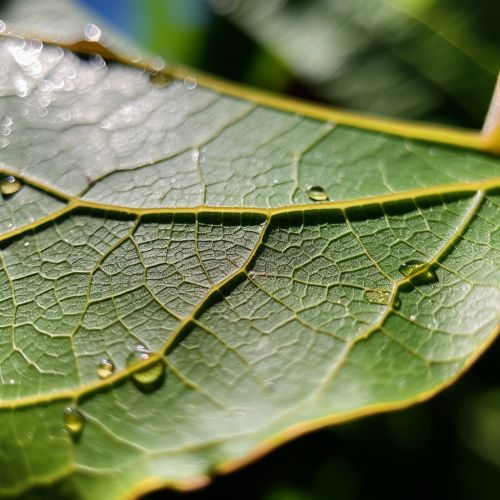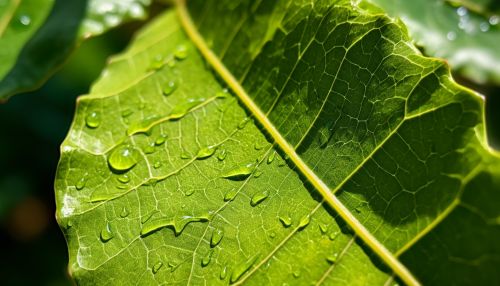Plant Stress Physiology
Introduction
Plant stress physiology is a specialized field within the broader discipline of plant physiology that focuses on the study of how plants respond to various forms of stress. These stressors can be biotic, such as pests and diseases, or abiotic, such as drought, extreme temperatures, and nutrient deficiencies. Understanding the mechanisms by which plants cope with stress is crucial for improving crop productivity and resilience in the face of changing environmental conditions.
Biotic Stress
Biotic stress refers to the negative impact on plant health and growth caused by other living organisms, including pests, pathogens, and competing plants. The study of plant responses to biotic stress involves understanding the complex interactions between plants and these organisms.
Pests
Pests are organisms that cause damage to plants, often leading to reduced growth and productivity. They can include insects, mites, nematodes, and mammals. Plants have evolved a variety of defense mechanisms to deter pests, including the production of toxic or repellent compounds, physical barriers such as thorns and tough leaves, and the ability to attract natural enemies of the pests.
Pathogens
Pathogens are microorganisms that cause disease in plants. They include bacteria, viruses, fungi, and oomycetes. Plants have a complex immune system that allows them to recognize and respond to pathogen attacks. This includes the production of antimicrobial compounds and proteins, the strengthening of cell walls, and programmed cell death in the infected area to limit pathogen spread.
Competing Plants
Competition between plants for resources such as light, water, and nutrients can also be a form of biotic stress. Plants can respond to competition by altering their growth patterns, for example by growing taller to reach light or developing deeper roots to access water and nutrients.


Abiotic Stress
Abiotic stress refers to the negative impact on plant health and growth caused by non-living environmental factors. These can include drought, extreme temperatures, high salinity, and nutrient deficiencies.
Drought
Drought is a major form of abiotic stress that affects plant growth and productivity. Plants have evolved a variety of mechanisms to cope with drought, including changes in root architecture to access deeper water sources, reduction in leaf area to limit water loss, and the production of osmoprotectants to maintain cell turgor pressure.
Extreme Temperatures
Extreme temperatures, both hot and cold, can cause significant stress to plants. High temperatures can lead to protein denaturation and increased evaporation, while low temperatures can cause ice formation and damage to cell structures. Plants have developed various strategies to cope with temperature stress, including changes in membrane fluidity, the production of heat shock proteins, and the accumulation of antifreeze proteins.
High Salinity
High salinity can cause stress to plants by reducing the availability of water and causing ion toxicity. Plants can respond to salinity stress by excluding or sequestering excess salts, adjusting osmotic balance, and altering metabolic pathways.
Nutrient Deficiencies
Nutrient deficiencies can also cause stress to plants. Essential nutrients such as nitrogen, phosphorus, and potassium are required for plant growth and development. Deficiencies in these nutrients can lead to stunted growth, chlorosis, and reduced productivity. Plants can respond to nutrient deficiencies by altering root architecture and increasing nutrient uptake efficiency.


Stress Signal Perception and Transduction
Plants perceive stress signals through a variety of receptors located on their cell membranes. These receptors can detect changes in environmental conditions, such as changes in light intensity, temperature, and humidity, as well as the presence of pests and pathogens. Upon perception of a stress signal, a cascade of events is triggered within the cell that leads to the activation of stress-responsive genes.
Stress Response Mechanisms
Plants employ a variety of mechanisms to cope with stress. These include changes in gene expression, alterations in metabolic pathways, and physiological and morphological adaptations. These responses are often complex and involve multiple pathways and processes.
Conclusion
Understanding plant stress physiology is crucial for improving crop productivity and resilience in the face of changing environmental conditions. Advances in this field can contribute to the development of stress-tolerant crop varieties and more sustainable agricultural practices.
